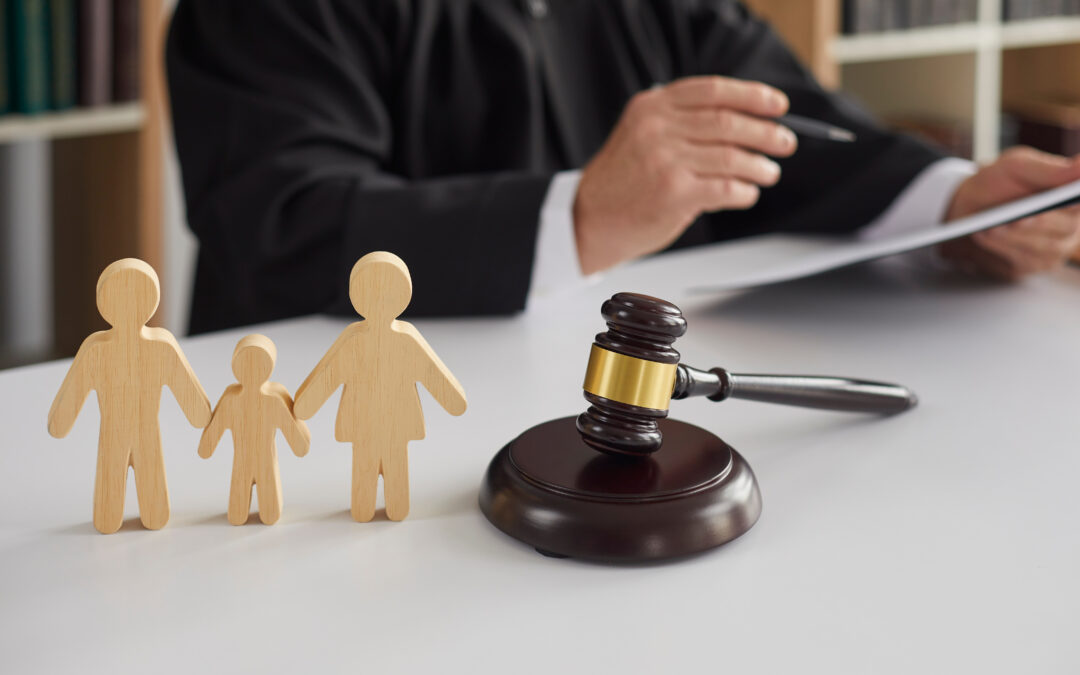 When parents decide to divorce, child custody becomes a primary concern for the parties and the courts. New York policy promotes joint custody and encourages parents to resolve their custody disputes amicably. If parents can’t do that, then the courts must step in. Before deciding to litigate child custody, parents should understand some of what happens during the dispute process.
When parents decide to divorce, child custody becomes a primary concern for the parties and the courts. New York policy promotes joint custody and encourages parents to resolve their custody disputes amicably. If parents can’t do that, then the courts must step in. Before deciding to litigate child custody, parents should understand some of what happens during the dispute process.
Step 1: When the parties state that child custody is in dispute, the judge will first discuss the matter with the parties. The judge will attempt to persuade the couple to settle by emphasizing that they will be giving up control over the result and risking a decision that neither parent may want if they cannot reach an agreement amongst themselves.
Step 2: The judge will appoint an attorney to represent the children. The attorney will meet with the children and ask questions to determine the children’s wishes and concerns. He/She will then report to the judge what the children said. The attorney is supposed to only relate the children’s answers and not give an opinion unless he/she has a serious concern that the children are not able to make their own choices that are in their own best interests. In that situation, the attorney may substitute his/her judgment and provide an opinion. This is decided on a case-by-case basis.
Step 3: If the parents still cannot agree to settle their dispute, the judge may order a forensic investigation. A forensic psychologist or mental health professional will be appointed to evaluate the situation. The psychologist will interview the parents, children and other relevant parties who may have pertinent information, including relatives, teachers and family friends. The evaluation may also include giving personality tests to parents. The role of the psychologist is to collect and analyze information to provide to the judge. The judge has an independent duty to decide custody. A psychologist can offer an opinion on what is best for the children if he/she is directed to do so by the court in its order of appointment.
Step 4: Following the forensic investigation, the judge will again encourage the parties to settle. Often the evaluation will show weaknesses in each party’s claims, which can be a good incentive to negotiate rather than leave the decision in the hands of a judge. In the event of trial, the report can be entered into evidence and the psychologist can be called to testify in court.
Step 5: If parties cannot settle, then the matter will be tried before the judge. The parties may bring in their own experts to testify and submit other evidence. Ultimately, the judge will decide the case based on what is in the best interests of the child. That decision can be appealed if there are appropriate grounds.
These steps are a general overview. Individual cases may vary.
Litigation is the only solution where parties cannot agree on child custody. However, it is a resolution that should be a last resort. Parents should attempt to mediate or negotiate a settlement whenever possible so as to avoid uncertainty, stress, time and expense involved in a prolonged child custody battle.
If you are a parent considering divorce, it is important to speak with a qualified attorney. Contact us today to discuss how we can help you find the best resolution of your divorce and custody issues.

